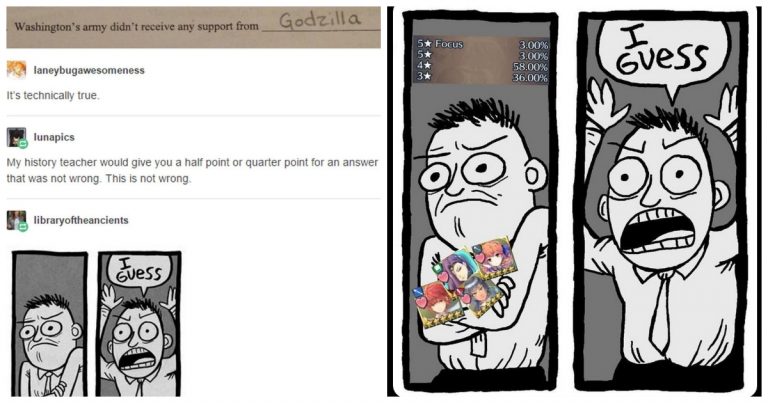Who Is Binod? The Viral Meme That Left the Whole Internet Typing His Name
Have you ever been curious about when Binod started to become a thing on the internet? This odd meme grew from a simple first-name comment to a full-blown meme that is now rampant online. It started from a YouTube user named Binod Tharu that made the meme famous by creators Abhyudaya Mohan and Gautami Bondre of the Indian YouTube channel Slayy Point.
Once they exposed in mid-July 2020 how silly comments like “Binod” could make others go crazy and spam the name on other platforms, we saw the chaos slowly expand. In August, #Binod was trending on Twitter, brands were getting in on it, and the internet was wondering: who is Binod? Let’s find out.
#1 What is The Origin of the “Binod” Meme?
On July 15, 2020, Slayy Point posted a video titled “Why Indian Comments Section is Garbage (BINOD)”. At approximately 30 seconds of the video the YouTuber Abhyudaya Mohan shows a screenshot of a YouTube user named Binod Tharu repeatedly commenting just “Binod” under the videos. This all started as a joke where “Binod” would be the answer any hypothetical question and evolved into parody and curiosity.
At this point, audiences across different Indian YouTube channels began encountering instances where “Binod” was being spammed by any number of people in the comments section, and people started tweeting about “Binod”. By August, #Binod exploded on the platform, with viral tweets like the one from user epic_meme00 accumulating upwards of 620 likes in just a handful of days.
#2 What Does “Binod” Mean?
“Binod” literally means a name, but the meme made it into a shorthand for randomness. While “Binod” on Urban Dictionary was defined as the first name of a commenter collectively, adopters assigned several ironic interpretations, from “not threatening troll” to seeking attention.
Ultimately, it was a humorous critique of empty online presence highlighting how internet behavior often has no depth, but enjoys repetition. As a result, “Binod” became a placeholder yet also a representation of anyone, nothing, worthless, and hilarious at the same time.
#3 How the Binod Meme Went Viral?
In the first week of August 2020, the meme continued to grow:
- Twitter users like @rahulpandey89 and @surkastik published a viral meme (1K+ likes and shares).
- Facebook pages such as “Alia vs Pappu Jokes” and “MemesCasm” received tens of thousands of likes and shares in the first week of august.
- Instagram comedian Ashish Chanchlani published a video parody that accumulated 1.7 million views and 512K likes in 48 hours.
- The phrase was officially added to Urban Dictionary on August.
Mainstream brands including Paytm, Netflix India, Mumbai Police, and Jaipur Police began using the meme for their communications, either taking on the name temporarily or sharing Binod-themed content.
#4 How The Internet Reacts to “Binod”?
The response to the phenomenon of Binod was worldwide and comedic in nature. Twitter was inundated with Binod jokes; fan arts of the name began to surface; businesses began meme friendly campaigns; and regular users began posting Binod literally everywhere.
The meme helped unify a broad spectrum of users in a collective act of folly. The brands took part with clever moment marketing and demonstrated how to social monetize it, or leverage a viral identity in public campaigns.
#5 Frequently Asked Questions (FAQs)
1. Who is Binod Tharu?
He’s the original commenter who repeatedly posted “Binod” under Slayy Point’s YouTube videos. His simplicity sparked mass parody.
2. Why did people comment “Binod” everywhere?
To join the joke: it was a viral in-joke and shorthand for participating in a sudden meme moment.
3. What did Slayy Point say afterward?
They embraced their own fame, even jokingly labeling themselves as “Founder of BINOD” after the trend took off
#6 Conclusion
From a single random one-word comment to a national meme movement, Binod’s online journey has demonstrated how memes can originate from the most meager sparks—and grow far beyond the original context. In July 2020, a harmless name had become a tool for satire, community, and brand marketing.
Although today “Binod” has possibly died down, it will always remain as a memorable flashpoint of meme culture—demonstrating that, in this day and age of digital madness, even nothing can become something viral.










